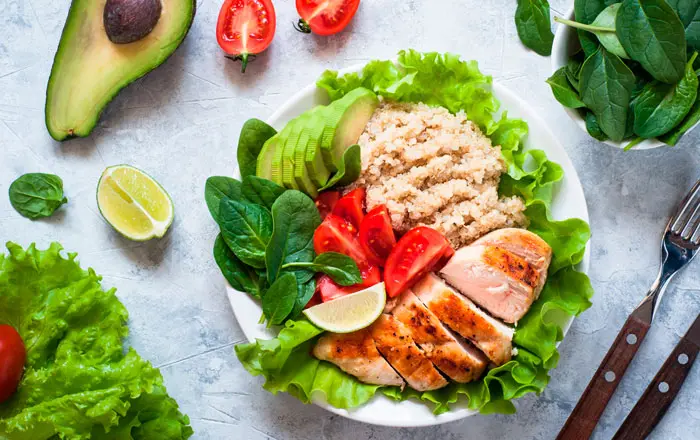Healthy eating, more than a trend, is an evolution. The desire to maintain a healthy diet has remained in the minds of consumers with greater or lesser force: However, what they understand by healthy eating has changed as they have learned and even more so today with the appearance of super-informed consumer. One fact: according to Food Navigatior , only 34% of people consider they have a healthy diet, although the percentage has increased by 5% in the last year.
1. Healthy eating based on simplicity
In fact, according to Quality Assurance and Food Safety magazine , it is millennials who bring a new concept of healthy eating based on simplicity, both in the food itself and in the preparation methods, which shows a significant trend towards fresh products that they then cook themselves.
2. Healthy, natural and organic snacks
On the other hand, Baby Boomers , more focused on snacks and prepared meals, seek that these are at the same time nutritious foods rich in protein, fiber, Omega 3… According to Sally Lyons Waytt, executive vice president of IRI, although as a general rule, Consumers are more indulgent with the nutritional qualities of snacks, prioritizing flavor, healthy snacks are gaining ground and points out that 48% of consumers prefer natural snacks and 27% of consumers eat more organic snacks than a anus.
3. Healthy diet and fat and sugar content
The 2015 Grocery Eye report of more than 2,000 consumers revealed that they associated cutting the sugar content in their meals with a healthier diet than with dieting to lose weight, while those who want to lose weight reduce the calorie content and fat.
The report also indicates that when purchasing “healthy” foods, a third of those surveyed took into account fat content as the most important indicator, followed by sugar content (22%) and calories (20%). Even 33% of respondents indicated that the responsibility for making their diet healthier depended largely on manufacturers reducing the fat, salt and sugar content in their products.
4. Eating healthy, related to clean labels
In the annual study carried out by Ingredion at a global level, respondents were asked about the importance they gave to being familiar with the ingredients in their foods, the result was that up to 80% of consumers surveyed thought it was important to recognize the ingredients that appear on the labeling of their food and drink and equally appreciate that the list of these ingredients is short and simple.
5. Short and simple list of ingredients
Consumers also appreciate that the list of these ingredients is short and simple . In that same study, they discovered that the most attractive advertising claims for consumers worldwide are “all natural,” “no artificial ingredients,” and “low or reduced fat/sugar/salt content.”
6. Know the nutritional content through applications
The consumer wants to know the nutritional content of their meals, carbohydrates, fats, proteins and calories of the foods on the plate, not only on the labels and packaging but they even use ICT applications that help them do this.
7. Pricing policies to promote healthier diets
The consulting firm Nielsen in its study Global New Product Innovation Survey points out that affordability is the main reason why consumers decide to try new products. Presumably we can assume that changing eating habits involves promoting healthier foods through price.
The WHO (World Health Organization) fully agrees with this approach and has expressed this recently. The WHO assures that scientists have managed to demonstrate that pricing policies applied to food affect the type and quantity of food that consumers buy.
Our experience at AINIA confirms all these trends. The development of processed foods with less invasive conservation techniques that better preserve their nutrients; as well as the incorporation of new bioactive compounds , analyzing their bioavailability and ensuring that their active ingredients incorporated into the product reach the body, are lines in which we frequently help companies in the development of their business. We also see a growing demand for product development aligned to specific population segments, and concern for “clean labels.”







